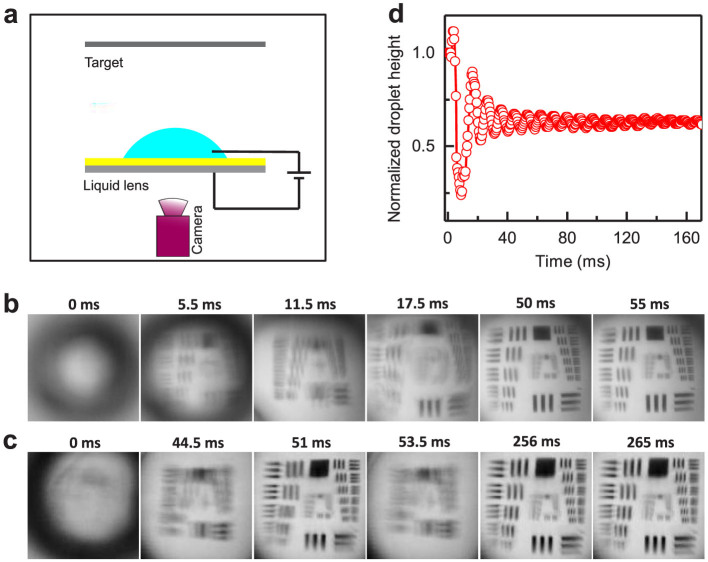Figure 4. Adaptive liquid lens for fast optical focusing.
(a) Schematic diagram of EWOLF used for fast imaging experiment. (b, c) Time lapsed images of a standard resolution target formed through the adaptive liquid lens in EWOLF (b) and (c) EWOD, respectively. The response time for the EWOLF and EWOD to have sharp and stable images is ~50 and ~250 ms, respectively. When the images captured through the EWOLF have reached a steady state, the images through the EWOD still undergo periodical oscillations, alternating between blurry and sharp states, as indicated by selected snapshots of images within one period of the vibration ranging between ~44.5 ms and ~53.5 ms. (d) The fluctuation in imaging in EWOD is due to the continuous droplet oscillation, as shown by the time variation of the normalized droplet height. The normalized droplet height at 51.0 ms is 0.61905, which is consistent with the steady-state value. However, at 53.5 ms, the droplet height increases to 0.66786, deviating from the equilibrium state for optical focusing and therefore leading to an unfocused image.

